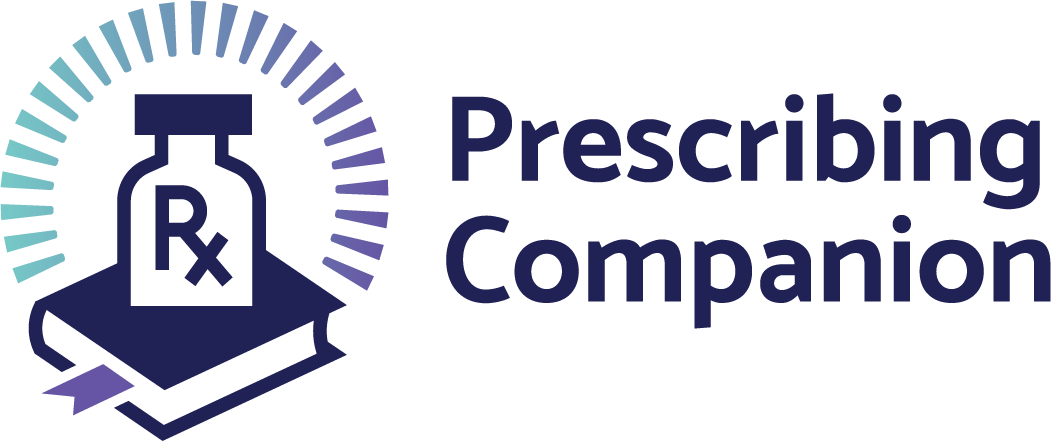Description
Passage of three or more loose/watery stool or one voluminous loose/watery stool per day.
Causes
Infectious
- Bacterial infections: Commonly, Vibrio cholerae, Salmonella species, Shigella, and Escherichia coli (E. coli), Campylobacter pylori
- Viral infections: rotavirus, novovirus, adenovirus, Norwalk virus, astrovirus
- Parasites: Giardia lamblia, Entamoeba histolytica, Cryptosporidium
- Systemic infections associated with diarrhoea include: influenza, measles, fever, HIV, malaria, pneumonia, urinary tract infection, meningitis, and sepsis.
N.B. Diarrhoea may be watery or bloody (dysentery)
Non-infectious causes
- Food poisoning
- Drugs: Antibiotics, anti-hypertensive, cancer drugs, and antacids containing magnesium
- Intestinal diseases: Inflammatory bowel disease and coeliac disease
- Food intolerance: Lactose
- Food allergy: Cow’s milk, Soya
N.B: Some of the above causes may lead to persistent/chronic diarrhoea.
Signs and Symptoms
- Watery or loose stools ± bloody stools
- Abdominal cramps
- Tenesmus
- Urgency
- Abdominal pain
- May be associated with vomiting and fever, poor appetite and dehydration
Accurate clinical assessment of dehydration is very important!!
Investigations
- FBC, ESR
- Stool m/c/s for bloody and PDD
- U&E, Creatinine
- Abdominal x-ray
- Barium enema/meal
N.B: Other investigations will depend on the underlying/systemic conditions identified such as RDT/MPS
Assessment of hydration status
Table 50:Assessment of hydration status
|
|
No dehydration |
Some dehydration |
Severe dehydration |
|
General condition |
Well, alert |
Restless, irritable |
Lethargic or unconscious |
|
Eyes |
Normal |
Sunken |
Very sunken |
|
Thirst |
Drinks normally, not thirsty |
Thirsty, drinks eagerly |
Drinks poorly, or not able to drink at all |
|
Skin pinch |
Goes back quickly |
Goes back slowly (< 2sec) |
Goes back very slowly (>2sec) |
|
Treatment |
PLAN A |
PLAN B |
PLAN C |
Divided into four components to guide clinical management:
- Classification of the type of diarrhoeal illness
- Assessment of hydration status
- Assessment of nutritional status
- Assessment of co-morbid conditions
Classification of levels of dehydration; using a combination of two to three physical signs reliably predict dehydration.
Treatment
Fluid management
- Intravenous fluids are required ONLY in the following cases (in all others, ORS should be preferred):
- Resuscitation from shock
- Dehydration with severe acidosis and prolonged capillary refill
- Severe abdominal distension and ileus
- An altered level of consciousness
- Resistant vomiting despite appropriate oral fluid administration
- Deterioration or lack of improvement after 4 hours of adequate oral
- Check vital
- Assess and grade hydration
- If in shock, refer to protocol on
- Depending on level dehydration, give fluids as outlined below:
Table 51:Fluid management
|
PLAN C– Severe dehydration: RAPID INTRAVENOUS REHYDRATION, • Give 100 ml/kg RL or ½ strength Darrow’s with 5-10% dextrose. • Reassess patient every 1-2 hours. If hydration is not improving, give the IV drip more rapidly. • After completion of IV fluids, reassess the patient and choose the appropriate treatment Plan (A, B or C). |
PLAN B – Some dehydration: ORAL REHYDRATION • 75mls of ORS x patient’s weight (kg) to be given in 4 hours. • The approximate amount of ORS required (in ml) can be calculated by multiplying the child’s weight (in kg) by 75, to be given in 4 hours. • After 4 hours, reassess the child and decide what treatment to be given next as per level of dehydration. |
PLAN A – No dehydration: ORAL REHYDRATION Amount of ORS to be given per loose stool dependent on specific age as listed below: • Children less the 2yrs old : 50- 100mls ORS per loose stool. • 2- 5 years old: 100- 200mls/ loose stool. • Older than 5 years old- Can drink freely as tolerated. |
|
• Repeat Plan C once if no improvement. |
|
|
|
• If IV therapy is not available, then ORS by nasogastric tube or orally at 20 ml/kg/hour for 6 hours (total of 120ml/kg) should be given. If abdomen becomes distended or the child vomits repeatedly, then ORS should be given more slowly. |
• Children who continue to have some dehydration even after 4 hours should receive ORS by nasogastric tube or ½ strength Darrow’s intravenously (75 ml/kg in 4 hours). • In case of Resistant vomiting despite appropriate oral fluid administration, IV fluids may be used. • Avoid Promethazine (Phenergan) Ondansetron may be used up to two doses at 0.15mg/kg. • If abdominal distension occurs, oral rehydration should be withheld and only IV rehydration should be given. |
|
Zinc supplementation
- Give zinc supplement for 10 to 14
- Infants below 6months of age 10mg daily
- Children 6months and above 20mg daily
Nutritional Status:
- Children presenting with diarrhoea should be assessed for malnutrition according to WHO
- Children with acute diarrhoea and malnutrition are at increased risk for developing fluid overload and heart
failure during rehydration.
- The risk of serious bacterial infection is also
- Such children require an individualized approach to rehydration and nutritional
